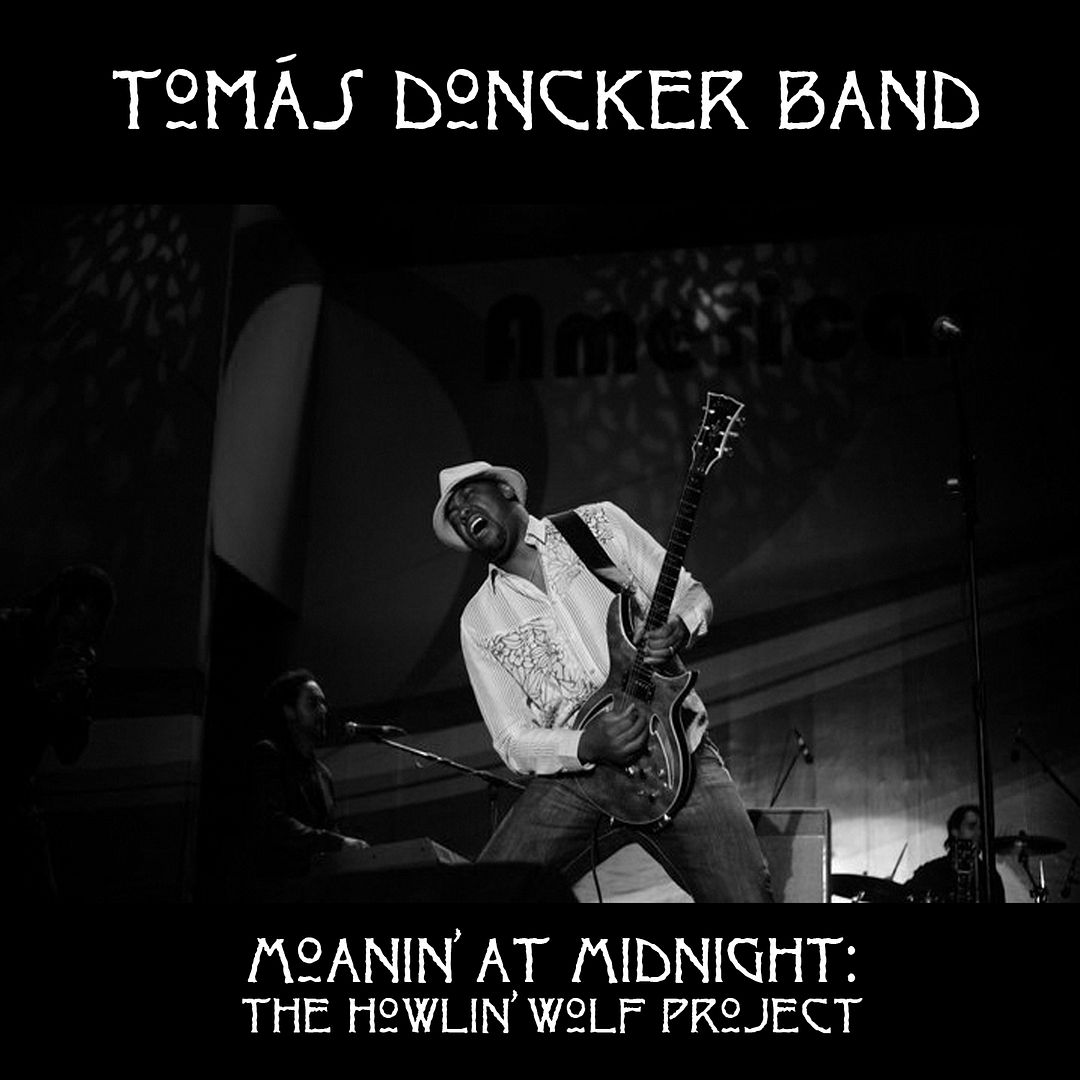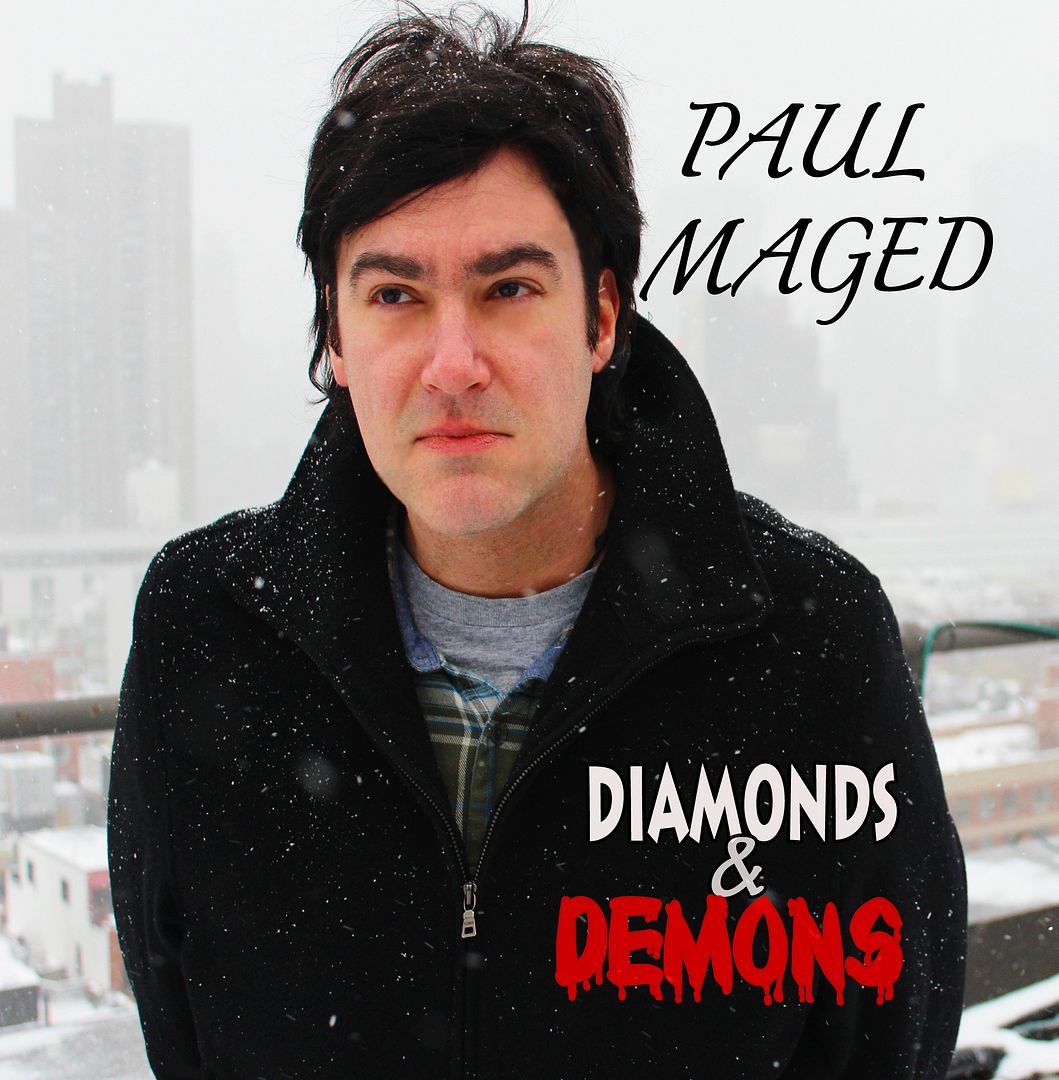You know, it’s disgusting yet telling that I could use much of what I said last year word for word as my prediction for 2015, like these paragraphs:
We will see absolutely zero effort to reform entitlements, whether Medicare, Medicaid, or Social Security. This will be another year they hurtle toward insolvency, probably going splat just in time for Generation X to reach retirement age in about 15 years. (That would be me – I’m on the cusp between Gen X and Boomer.)
Nor do I care how many articles of impeachment are drawn up: the House leadership doesn’t have the courage to pursue it, nor would they ever get the votes in the Senate to convict. They could find Barack Obama in bed with a dead girl, live boy, a bloody knife in his right hand and a signed confession in his left and the Democrats would swear the boy set him up and the girl stabbed herself thirteen times – in the back – and not convict him.
It doesn’t matter how poor the economy is, either. The government won’t dare stop priming the pump to the tune of a trillion dollars a year in debt, parceling out $80 billion or so of “quantitative easing” monthly. When the Dow and its record highs are the one factor of success apologists for Obama can point to, anything which maintains that facade will be continued despite the possibility of long-term inflationary catastrophe – again, probably in time for Generation X to retire.
Just as ineffective is our foreign policy, which has been a muddled mess as old friends are ignored and longtime enemies coddled. We may have an idea of what the hotspots may be, but events have a way of occurring at the most inopportune times and places for American interests.
Here’s the problem. We have a Republican Congress once again, for the first time since the 2006 elections. But it’s all but certain to me that they will be the do-nothing Congress, as the lame-duck session showed. Many would want me to have faith in the leadership, and I understand the political reality being what it was led us into the budget deal that enshrined the government spending for the rest of the fiscal year (except for the Department of Homeland Security, funding for which is supposed to expire in February to set up a fight over Obama’s amnesty.) But why do I think Republicans will cite some obscure (and probably push-polled) data which tells it to avoid that messy immigration fight and just fund DHS for the rest of the fiscal year so they can have the fight in September? Then they’ll tell us we’re too close to the 2016 election.
Each time Congress has been begged to act, they have kicked the can down the road.
But that leads me to another point, and it’s been gnawing at me for some time now. Unfortunately I’m not sure just how it gets resolved.
Supposedly we are the United States of America. But are we really…united?
Over the last decade, we have been continually divided – red against blue, religious against agnostic (or religion vs. religion in the case of Christians and Jews vs. Muslims), and now at its most pronounced, black against white. Some consider those who are the enforcers of law to be the criminals, as are those elected officials who create it.
There’s a deep distrust of our fellow man these days, so we all retreat inward and look suspiciously at those who we don’t know. Thousands of people are on high alert with their guns at the ready against someone…they don’t know who that Other is, but many of us are tense and on edge, almost as if we are on a war footing. I imagine my ancestors may have felt the same way about the prospect of Japs or Nazis marching into our neighborhoods during the two world wars.
The person who will have the most impact on 2015 on a national scale is someone whose role we don’t know yet, but he or she will emerge either as the healer we all need or the person who tears the fabric of our society to bits. It may be a little hyperbolic, and I’m not going to go all Book of Revelations on you or assume that Jefferson’s quote about the tree of liberty is our fate, but we are rapidly approaching a point of no return if things continue the way they are. To borrow a term favored by Radical Green, our current path is unsustainable.
Too many people have come to the way of thinking which believes there’s not a dime’s worth of difference between the Republicrats and the Demoblicans. The only clear winners seem to be the small elite which runs Washington and Wall Street, leaving the shrinking middle class to fend for itself. That’s not the way it’s supposed to be; certainly that’s not the way I want it to be. But as more and more Americans say about that perception: it is what it is.
Truly I hope I am wrong in my assessment of how things will be on a national scale, particularly when so much good can be done on the local and state levels. But it can all be undone with a single spark that lights our national tinderbox, so it seems to me the thing to do is pray for the best and prepare for the worst.


 5. “The Last of the Originals” by Billy Roberts And The Rough Riders
5. “The Last of the Originals” by Billy Roberts And The Rough Riders 4. “Moanin’ at Midnight: The Howlin’ Wolf Project” by Tomas Doncker Band
4. “Moanin’ at Midnight: The Howlin’ Wolf Project” by Tomas Doncker Band 3. “Insubordia” by The Lost Poets
3. “Insubordia” by The Lost Poets 2. “Turn the People” by Monks of Mellonwah
2. “Turn the People” by Monks of Mellonwah 1. “Diamonds & Demons” by Paul Maged
1. “Diamonds & Demons” by Paul Maged